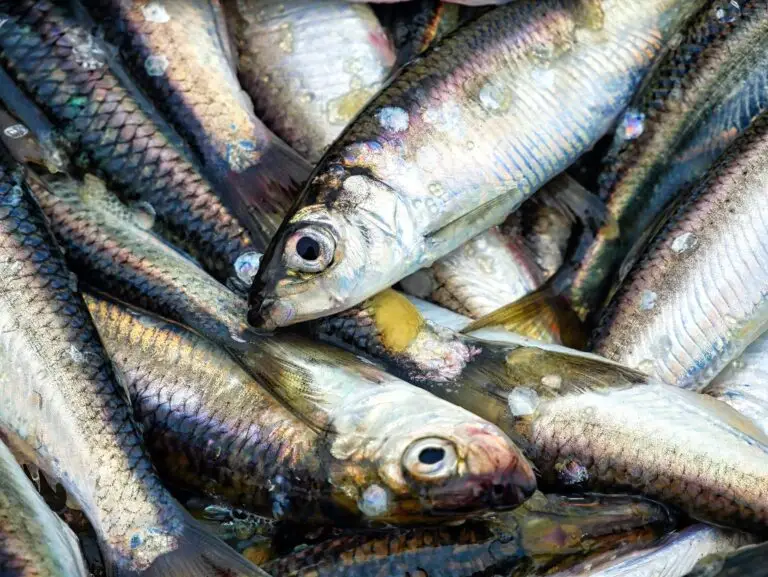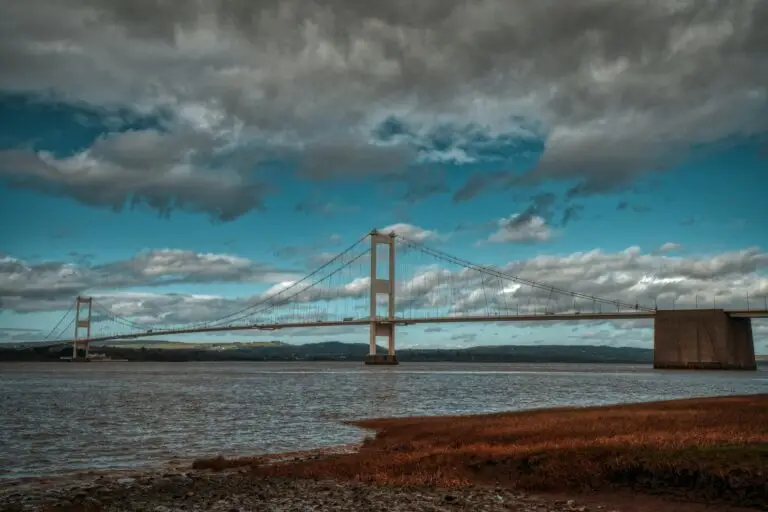Acoustic Fish Deterrent (AFD) technology is continuously developing.
Since Hinkley Point C received its Development Consent Order, AFD technology has significantly advanced, addressing previous concerns about maintenance schedules and meeting system specifications. Key developments include:
- Improved ROV Capability: Enhancing safety in AFD maintenance.
- Active Pressure Compensation System (APCS): Tackling tidal challenges.
- Underwater Power and Communication Hubs: Greater reliability with dual redundancy.
- Remote Operation and Monitoring: Daily system condition updates via text message and email.
- Maintenance Regime Improvements: Extended servicing intervals from 18 to 24 months, potentially beyond 36 months.
The Hinkley Point C Development Consent Order requires the integration of LVSE intake, AFDs, and FRR systems to protect up to 182 million fish annually. The AFD is crucial for safeguarding fragile fish species like sprat and shad, which would otherwise perish if they come into contact with the fish return system at the end of the power station’s cooling tunnels.
Environmental campaigners have criticised EDF for allegedly avoiding the implementation of these vital measures, potentially endangering millions of fish when the new nuclear processing plant becomes operational. Groups like the Wildfowl and Wetlands Trust and the Somerset Wildlife Trust have been advocating for the installation of the AFD, emphasising its importance in preserving aquatic life in the Severn Estuary.
The Government’s report and recommendations can be read here.
Jo Smoldon of the campaign group Stop Hinkley expressed frustration, stating, “EDF are refusing to comply with the environmental conditions they agreed to at the outset, to protect the marine life of the Severn Estuary and its nine great rivers. Why on earth are EDF still not wanting to save the fish? This latest excuse undermines the technology that was put in place to protect the fish. For the last seven years EDF has refused to engage with Fish Guidance Systems, who were asked by EDF to provide the technology which they are now discrediting!”
Our Latest Acoustic Fish Deterrent News

Environment Agency Hinkley Point C Consultations Closes With Campaigners Furious At Continued Need Fight Over Environmental Protections.
As the Environment Agency’s Consultation on EDF’s latest attempt to remove the AFD mandated by best practice and expert option closes, they have have faced strong criticism for allowing EDF to continue their campaign to remove environmental protections at Hinkley Point C, a nuclear power plant being built by French

Fish Guidance Systems Seeking Clarity on Continued Permit Appeals at Hinkley Point C after Secretary of States’ Intervention
Fish Guidance Systems are disappointed to hear of proposed changes to permit conditions at Hinkley Point C nuclear power station. After participating in the public inquiry in 2022 and having received a letter from the Secretary of State for Business, Energy and Industrial Strategy stating the matter is closed, we

Somerset MP and Government Minister Launches Environmental Improvement Plan whilst Environment Agency consults on Removing Environmental Protections
The UK Government announced this week the launch of the Environmental Improvement Plan, whilst at the same time the Environment Agency is launching a consultation to allow EDF to further pollute the Severn Estuary with fish unnecessarily killed by the removal of innovative environmental protections. Rebecca Pow, the MP for

Experts say a government mandated system is the only option after DEFRA appeal dismissed at Hinkley Point C nuclear plant.
After the Government dismissed their appeal to remove it, experts have warned that EDF must now install the Acoustic Fish Deterrent at Hinkley Point C, and that no other option should be considered. Dr David Lambert and Dr Andy Turnpenny have cautioned that pursuing the little known IROPI (Imperative Reasons